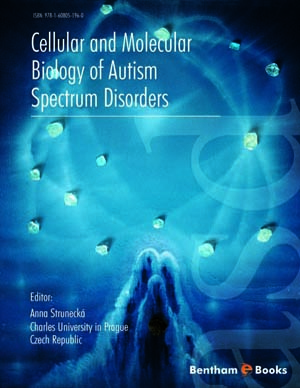Abstract
Fluoride and aluminum ions (Al3+) are considered as new ecotoxicological factors. While aluminum has been involved among the possible culprits of autism spectrum disorders (ASD), fluoride is rarely considered. Al3+ is non-essential for all forms of life and serves no known biological role. Fluoride and Al3+ can elicit impairment of homeostasis, growth, development, cognition, and behavior. Several symptoms induced by Al3+ and/or fluoride overload can be seen in ASD. Several laboratory studies demonstrate that many effects primarily attributed to fluoride are caused by synergistic action of fluoride plus Al3+. In water solutions, Al3+ forms in the presence of fluoride, water soluble aluminofluoride complexes (AlFx). AlFx has been widely used as an analogue of phosphate groups to study heterotrimeric G proteins involvement. AlFx affects numerous receptors and signaling systems. It is evident that the long-term intake of low amounts of fluoride and Al3+ can evoke receptor malfunctions. The synergistic interactions of fluoride plus Al3+ may thus evoke several histological, neurological, biochemical, and behavioral symptoms of ASD. This chapter brings evidence that AlFx represents a hidden potential danger for pathogenesis of ASD.






















